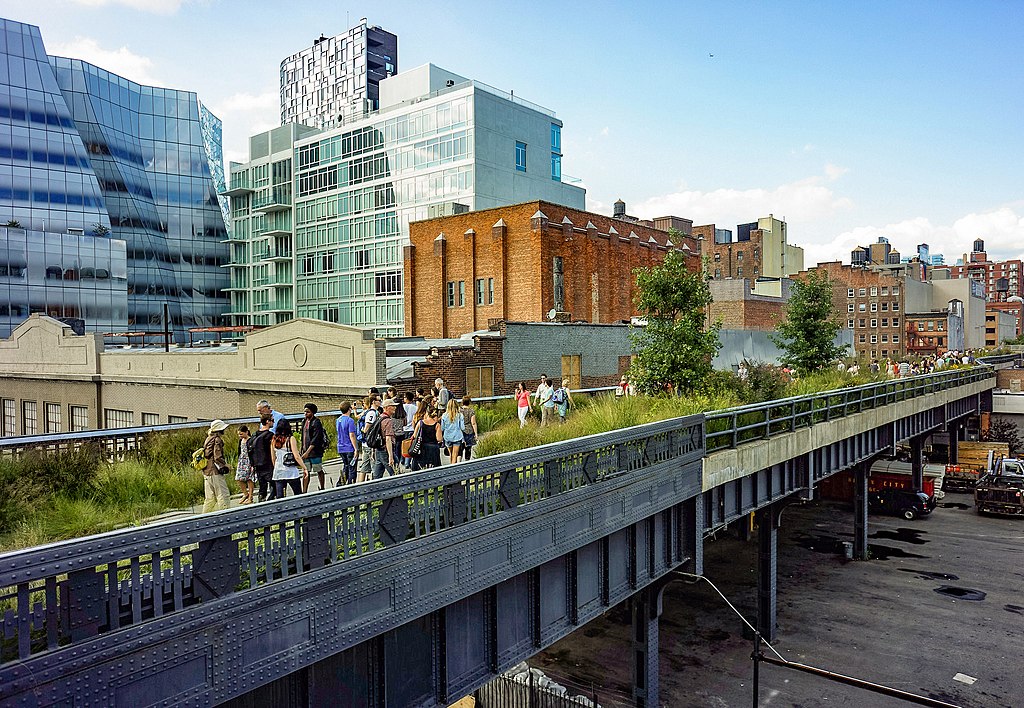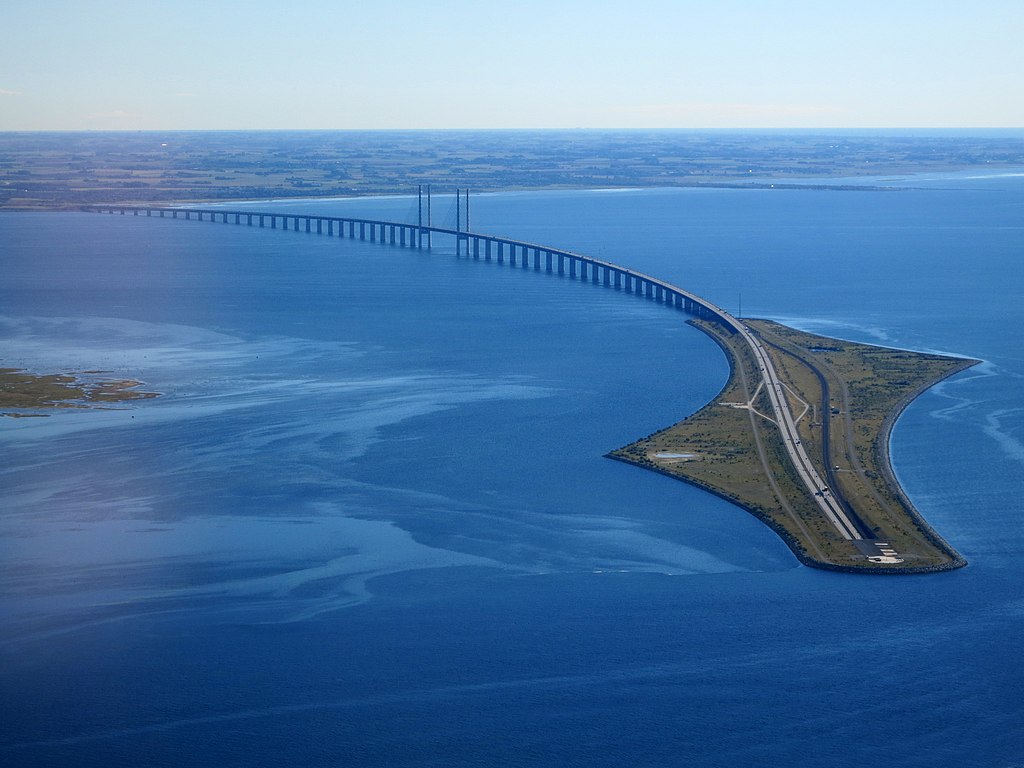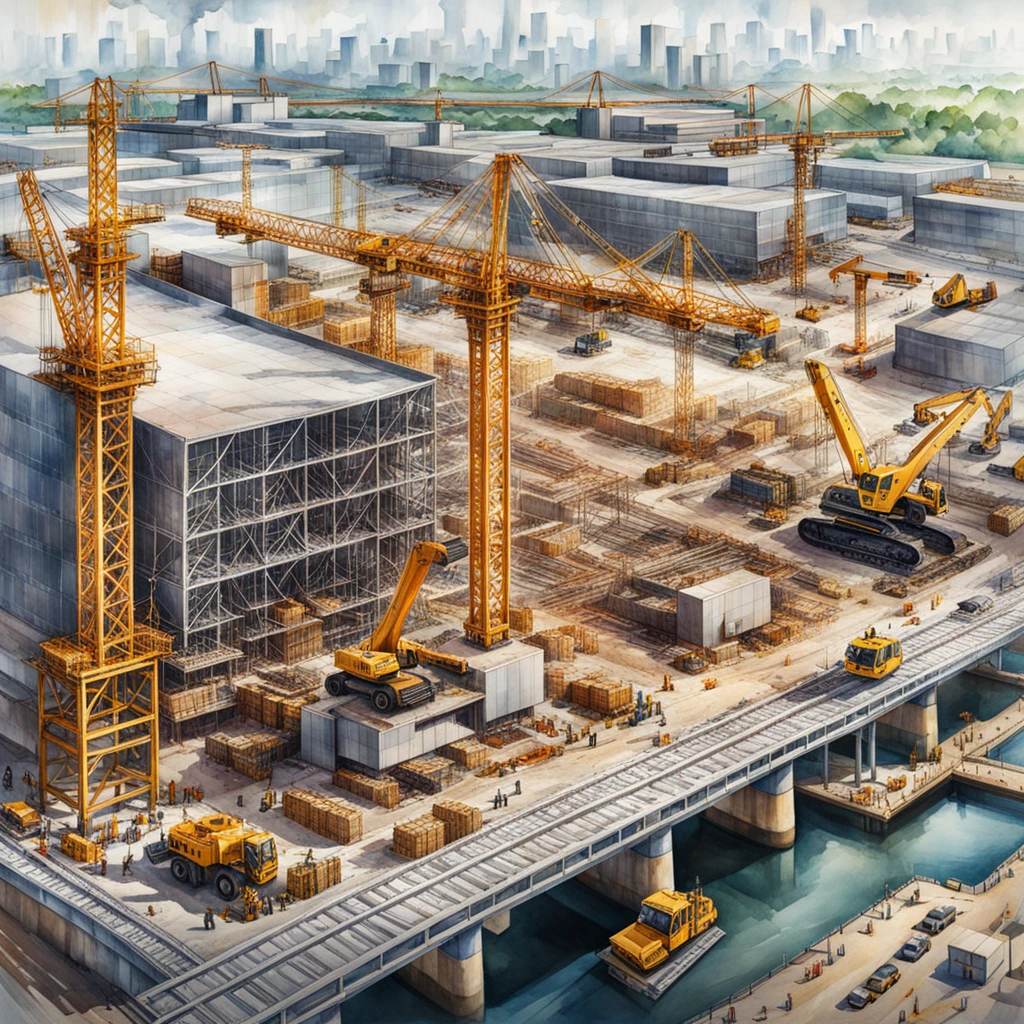Navigating the Complexity of Modern Infrastructure Projects
Infrastructure projects form the backbone of economic and social development. In recent years, the intricacies of such projects have magnified due to technological advancements, stringent regulations, and the myriad stakeholders involved. As infrastructure advisory consultants, we help steer these colossal ventures from conception to completion, ensuring that they meet their intended goals while navigating a labyrinth of challenges. This blog post aims to demystify the complexities of modern infrastructure projects, offering actionable advice to successfully manage and execute these endeavours.
Understanding the Complexity
Before diving into management strategies, it’s crucial to understand why infrastructure projects are more complex now than ever before:
- Technological Integration: The incorporation of digital engineering, smart technologies, artificial intelligence, and the Internet of Things (IoT) into infrastructure is aimed at enhancing efficiency and sustainability. While these technologies offer significant benefits, they also add layers of complexity in terms of design, implementation, and maintenance.
- Regulatory Hurdles: Infrastructure projects are subject to a plethora of regulations that vary from one jurisdiction to another. These can include environmental laws, safety standards, and labour regulations, among others. Ensuring compliance while maintaining project timelines and budgets is a significant challenge.
- Multiple Stakeholders: The diverse array of stakeholders in modern infrastructure projects, which can include governments, investors, contractors, and the public, means that a wide range of interests and expectations must be managed and aligned.
- Environmental Considerations: There is now a greater emphasis on sustainable development and minimising the environmental footprint of infrastructure projects. This has introduced additional complexity in the form of environmental impact studies, mitigations and sustainable design principles.
- Funding and Budgeting: With the cost of infrastructure projects soaring, securing adequate funding, and managing budgets effectively is more challenging than ever. Political elections, economic cycles and competing priorities further complicate infrastructure pipeline planning.
Effective Project Management in Infrastructure
Delivering infrastructure projects successfully requires effective and dynamic project management techniques. The complexities inherent in infrastructure projects demand a nuanced approach that navigates the intricate balance between precision planning and adaptable execution. Below are practical insights for both seasoned professionals and newcomers wanting to ensured effective infrastructure project delivery.
Strategic Planning
Start with a Robust Plan: Every successful project is grounded in a strong, detailed plan. This includes clear goals, timelines, resource allocation, risk assessment, and contingency strategies.
Embrace Flexibility: While a plan is essential, rigidity can be detrimental. Be prepared to adapt to changing circumstances without losing sight of the end goal.
Stakeholder Engagement
Identify and Engage Stakeholders Early: Knowing who the stakeholders are and what they want is half the battle. Engage with them from the outset to understand their expectations and concerns.
Establish Clear Communication Channels: Regular updates and transparent communication prevent misunderstandings and foster a cooperative environment.
Navigating Regulations
Stay Informed: Keep abreast of all relevant regulations and ensure compliance to avoid costly delays and legal issues.
Leverage Expertise: Don’t hesitate to bring in legal and regulatory experts to navigate complex requirements.
Technological Integration
Choose the Right Technology: Assess the project’s needs and select technologies that offer the best return on investment in terms of efficiency and sustainability.
Invest in Training: Ensure that the project team is well-versed in the new technologies to avoid underutilisation and mistakes.
Environmental and Social Responsibility
Conduct Impact Assessments: Understand the environmental and social impact of the project to mitigate negative outcomes and enhance positive ones.
Engage with the Community: Develop a rapport with the local community to gain their support and minimise resistance.
Budgeting and Funding
Secure Diverse Funding Sources
Explore Various Funding Avenues: Don’t rely on a single source of funding. Explore government grants, private investments, and public-private partnerships.
Manage Budgets Proactively
Monitor Spending Closely: Regularly review the project budget against actual expenditures to catch and address overruns early.
Plan for Contingencies: Always have a financial buffer for unexpected costs.
Case Studies of Successful Project Execution
Below we look at 2 successful infrastructure projects that demonstrate the remarkable outcomes that can be achieved with effective project management strategies in action.
The High Line in New York City

The High Line is a quintessential example of urban regeneration. Once a derelict elevated railway destined for demolition, it has been ingeniously repurposed into a vibrant, elevated park. The project has not only redefined a part of Manhattan’s landscape but also served as a catalyst for economic growth in the surrounding area.
Planning and Design
The success of the High Line can be attributed to its meticulous planning and innovative design. The project management team conducted extensive research and feasibility studies to evaluate the potential of the space. The design process was highly inclusive, involving landscape architects, urban designers, and artists, ensuring the park would offer both aesthetic appeal and functional public space.
Stakeholder Engagement
One of the keystones of the High Line project was the intense engagement with local stakeholders. The project team worked closely with residents, local businesses, city officials, and nonprofit organisations to gather input and build consensus. This collaborative approach helped in navigating the complexities of transforming a piece of infrastructure into a public space.
Funding and Support
Securing funding was a critical challenge for the High Line project. The team implemented a multifaceted approach to funding, combining city funds, federal grants, and significant amounts of public donations. The establishment of the Friends of the High Line, a nonprofit organisation, was instrumental in fundraising and continues to play a central role in the park’s maintenance and programming.
Key Takeaways
The High Line proves the power of visionary planning, the importance of community involvement, and the effectiveness of a diversified funding strategy. It underscores the potential of repurposing obsolete infrastructure in enhancing urban environments.
The Øresund Bridge between Denmark and Sweden

The Øresund Bridge stands as a testament to modern engineering and international cooperation. This bridge-tunnel system spans the Øresund strait, connecting the Danish capital, Copenhagen, with the Swedish city of Malmö. It has significantly reduced travel times and facilitated economic integration in the region.
Collaboration Across Borders
The project required unprecedented collaboration between the governments of Denmark and Sweden. A bilateral agreement was forged to delineate responsibilities, share costs, and establish joint operations. This spirit of international partnership was essential for the project’s success and serves as a model for future cross-border infrastructure endeavours.
Environmental Considerations
Given the ecologically sensitive nature of the Øresund strait, environmental concerns were paramount. The project team employed advanced construction techniques to minimise the impact on the marine environment. Continuous monitoring and adaptive measures ensured the protection of the natural habitat throughout the construction process.
Technological Innovation
The construction of the Øresund Bridge involved several technological breakthroughs, including advancements in underwater drilling and bridge aerodynamics. The project team’s commitment to innovation allowed for the completion of the bridge within its planned timeline and budget, despite the technical challenges.
Key Takeaways
The Øresund Bridge highlights the significance of international cooperation, the necessity of environmental stewardship, and the role of technological innovation in carrying out large-scale infrastructure projects. It illustrates how strategic partnerships can overcome the complexities of cross-border infrastructure development.
Conclusion
Navigating the complexities of modern infrastructure projects requires a multifaceted approach that balances strategic planning, technological savvy, and environmental consciousness with proactive stakeholder engagement and robust budget management. The High Line and Øresund Bridge serve as models, proving how integrated efforts across these domains can lead to successful project outcomes. The High Line’s transformation from an obsolete railway to a thriving public space underscores the importance of visionary planning and community involvement, while the Øresund Bridge exemplifies the power of international cooperation and technological innovation.
For infrastructure project managers and their teams, these case studies act as guideposts, demonstrating that while the challenges are great, so too are the opportunities for those prepared to think creatively, plan meticulously, and act decisively. As infrastructure continues to play a critical role in shaping societies, the lessons drawn from such projects are invaluable. They remind us that, despite the increasing complexity of infrastructure projects, success is attainable through collaborative effort, adaptability, and a commitment to sustainability. Looking ahead, the future of infrastructure development is poised to be as dynamic and impactful as the projects that pave its way.
Need Help Delivering Your Projects?
Don’t let the complexities of modern infrastructure projects intimidate you. Embrace the challenge, armed with the insights and strategies we’ve shared. Put them into practice and be part of the success stories we’ll be talking about next.
TMY Advisory can help you harness the power of advanced project management strategies, engage with stakeholders effectively, navigate regulatory landscapes, integrate cutting-edge technology, and uphold environmental and social responsibility. Together, we can turn the complexities if your project into competitive advantages. Get in Touch to discuss your project today.



